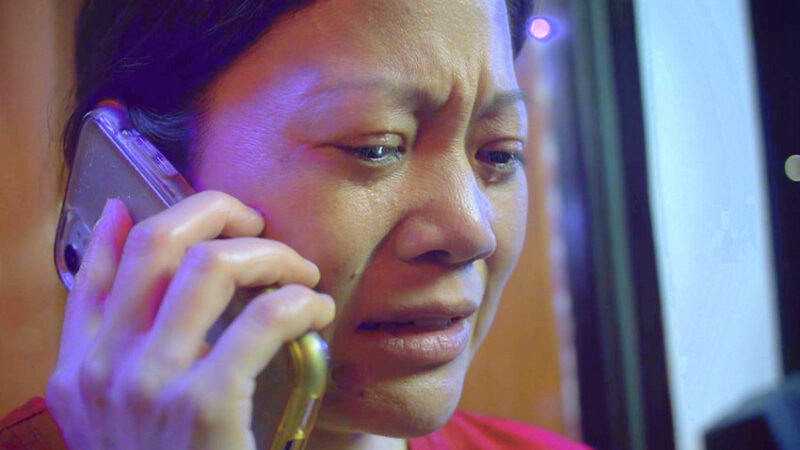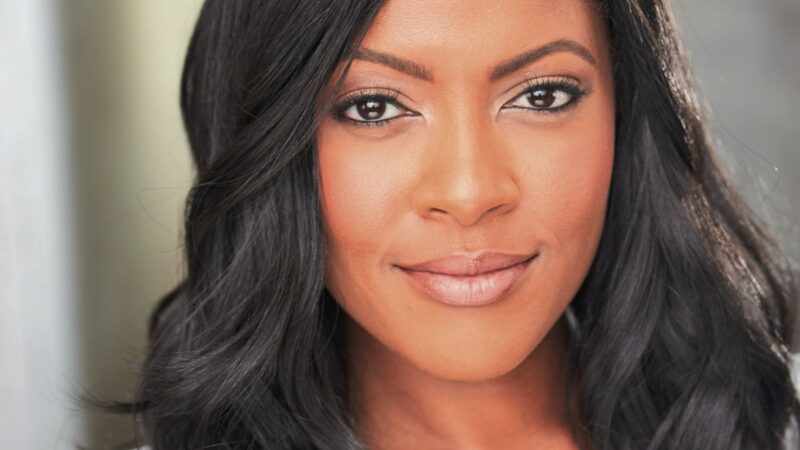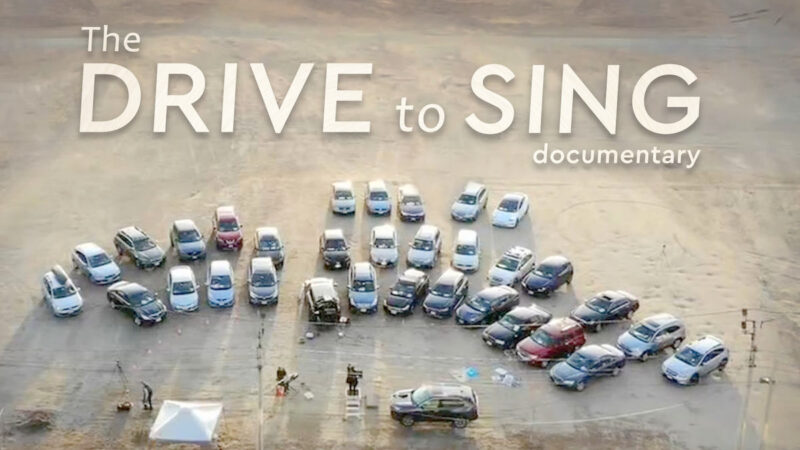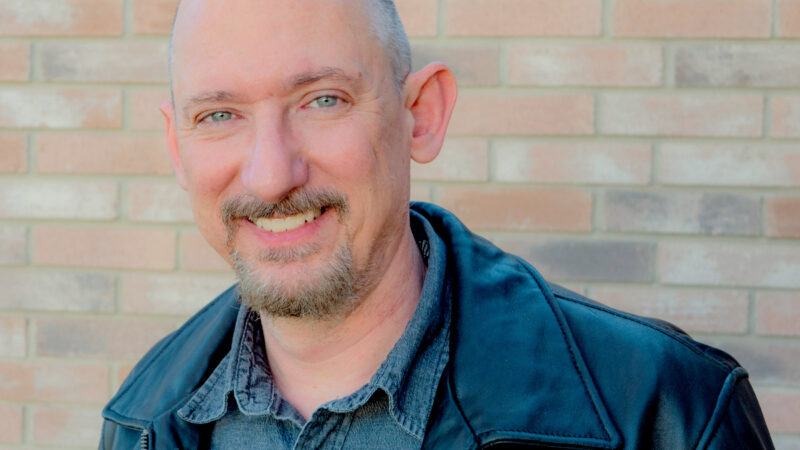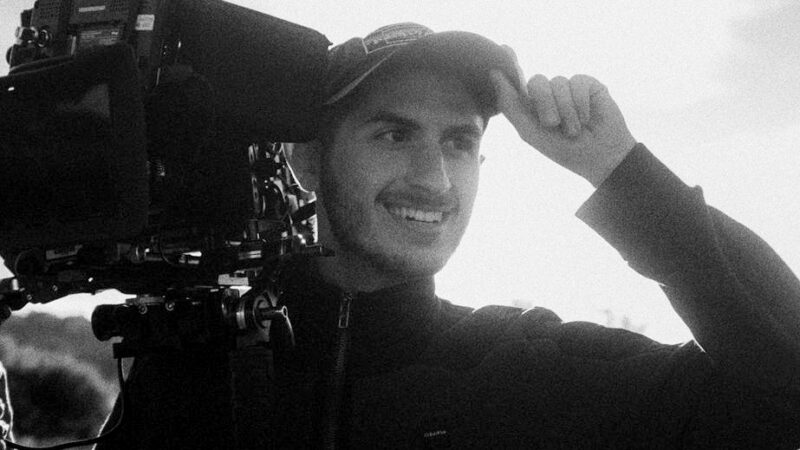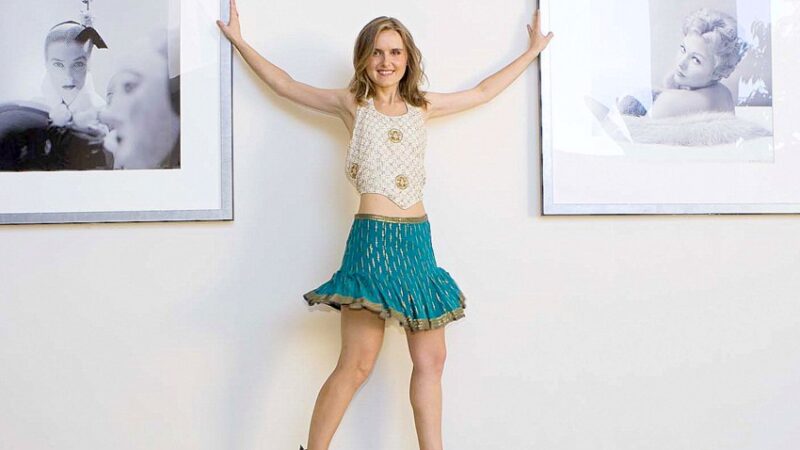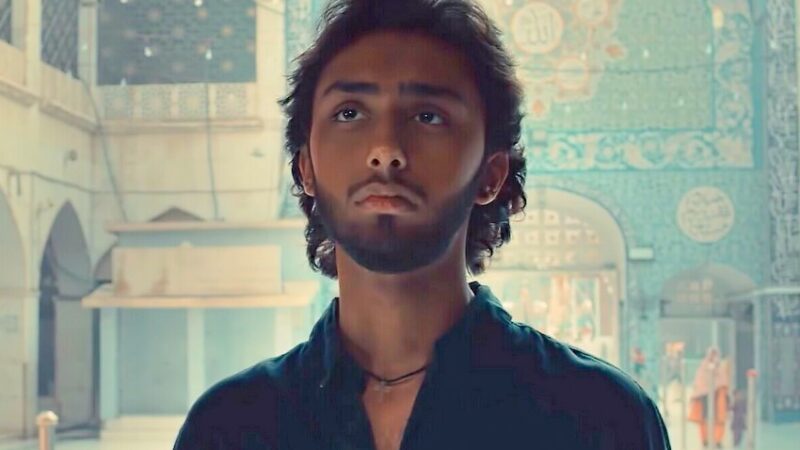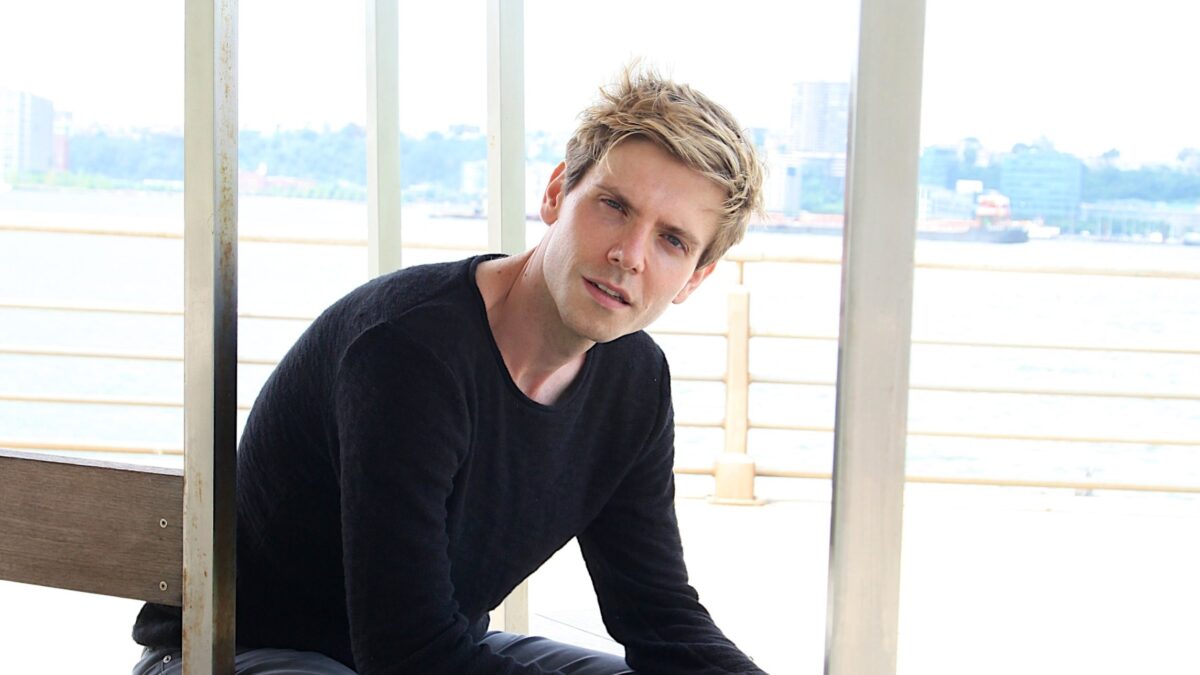
An Industry Case Study
Narrative | Dramatic Features
Film Name: The Day I Had To Grow Up
Genre: Documentary
Date: 2020
Director: Stefano Da Frè & Laura Pellegrini
Producer: Rosso Films International
Writer: There is no screenplay because it’s a documentary film!
Cinematographer: A.J. DeSimone (Credits include: Netflix “Things Heard & Seen”; Amazon Prime’s “Chemical Hearts”)
Production Company: Rosso Films International
Budget: $24,983 USD
Financing: Private equity & crowdfunding
Shooting Format: ARRI Alexa
Screening Format: DCP, ProRes
Awards:
– REMI Award – WorldFest Houston International Film Festival
– 3rd Place Best Documentary – St. Louis International Film Festival
– Best Documentary – Anaheim International Film Festival
– Best Documentary – NYC Chain Film Festival
Website: www.thedaydocumentary.com
The Documentary Hightlights for The Day I Had To Grow Up
Watch documentary highlights for The Day I Had To Grow Up directed by Stefano Da Frè
A Short Biography of Stefano Da Frè
Hi indieactivity! My name is Stefano Da Frè. I am a Film Director & CEO/President of Rosso Films International, a global production company with offices in Montreal, Canada, and Manhattan, New York.
Laura Pellegrini is my Directing partner & Vice President of the production company. We have been directing films together for almost a decade and our collaborations include NBC Universal, MSNBC, and Peacock.com. As a team, we believe in making arthouse films that inspire a human connection.
The Stefano Da Frè Interview
indieactivity: Introduce your film?
Stefano Da Frè (SDF): “The Day I Had To Grow Up” is a documentary about Youth Activism in America. It showcases six activists and the events that shaped their political lives. When Laura & I direct documentaries, oftentimes we blend in our narrative aesthetics. For example, in this film, the activists are shot on an ARRI Alexa camera with colorful, lush backdrops in a studio.
We believe having that production value not only heightens the overall look and feel of the film, but makes audiences connect even more closely with each teen and their reasons for being involved in politics. Like all our films, the tone is very personal.
We have an activist named Taylor Nicole Turner who talks about her experiences losing her close friend, Helena Ramsey, to a school shooting at Marjory Stoneman Douglass High School. Making the teens feel safe allowed them to open up in a way that is candid and thoughtful.
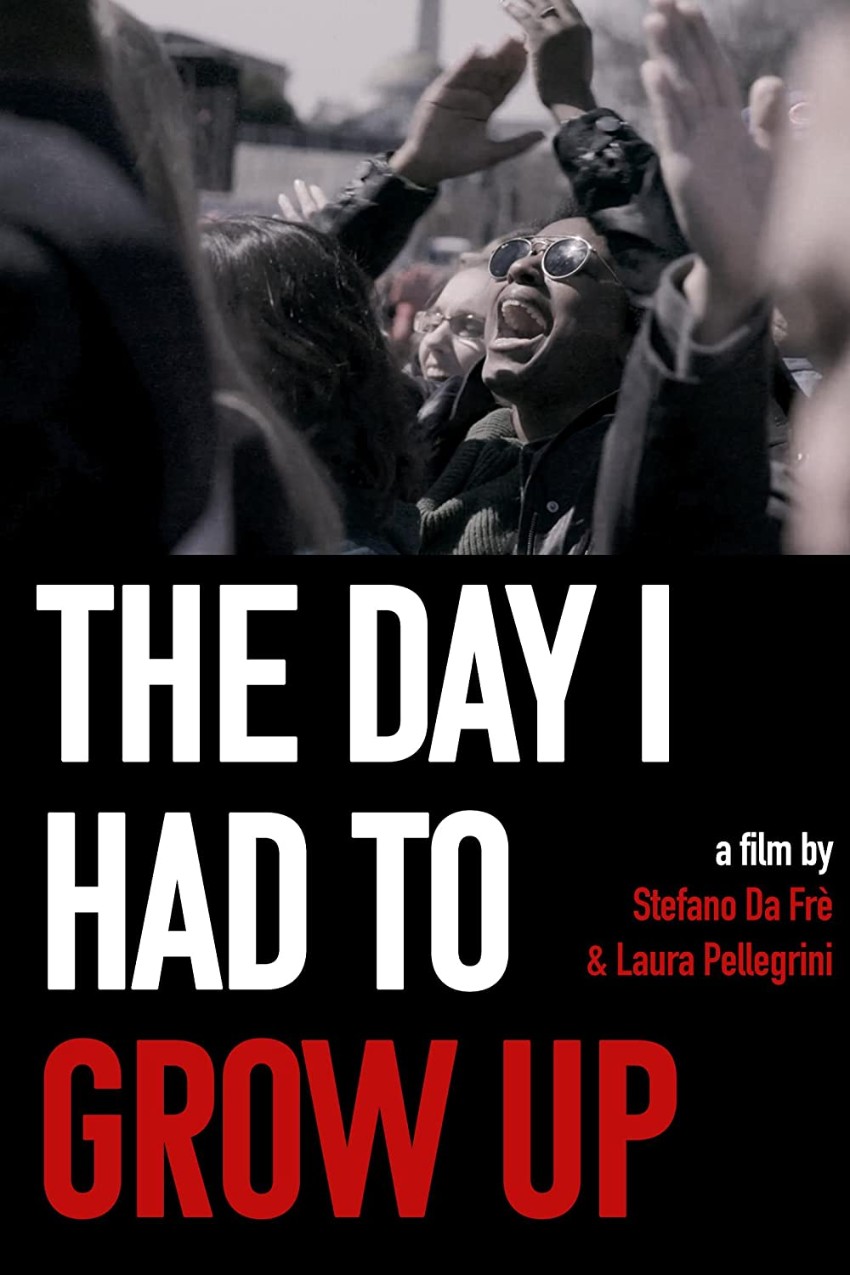
Tell us why you chose to write, produce, direct, shoot, cut/edit the movie? Was it financial, chance or no-budget reason?
Stefano Da Frè (SDF): One of the advantages of producing and directing your own projects is that you have creative control of a film from its inception to its execution. We assembled the best team to shoot this documentary and hired an Emmy-award winning editor that we know and trust to edit the film. Had the budget been much higher and a studio been involved, Laura & I might not have had the same advantages, such as having final cut. So I’m proud to say that what you see onscreen was the vision we had from the get go.
Introduce your crew?
Stefano Da Frè (SDF): Our Director of Photography A.J. DeSimone has an incredible eye. I’ve personally known him for years and have watched him evolve from film school at SVA into the DP he is now. He has worked on multiple shows for HBO and Netflix, so his sensibilities have become much stronger and sharper. He was an asset to this film during its creative development, always bringing to the table innovative ways to shoot exterior locations and how to frame the teens in the studio.
Our Production Designer Nicole Bootz is an excellent interior designer and art director. She made the room that Jeremy Ornstein first arrives in very homey and accessible to an audience – it makes you feel like he is having a private conversation with you. Also, the work she did in the studio setting is very powerful.
We had deep conversations as a team in pre-production about what specific colors to assign to each kid. It’s no accident that you feel a very specific emotion – such as empowerment, compassion, sadness, etc… – when a story is being told. It’s all elevated by the design.
Our co-producers, Brandon De Los Reyes & Nolan Kelly, have been an asset to this film. Not only are they part of our production company, Rosso Films International, but they are fundamental to moving projects along. In fact, Brandon felt so connected to this project that it was his egging that made us use quarantine in 2020 as an opportunity to finish the film.
And Nolan has such a positive attitude committed towards distribution and sales agents that he played a big role in bringing the film to market. Everyone on set was fundamental to getting this film shot and completed!!
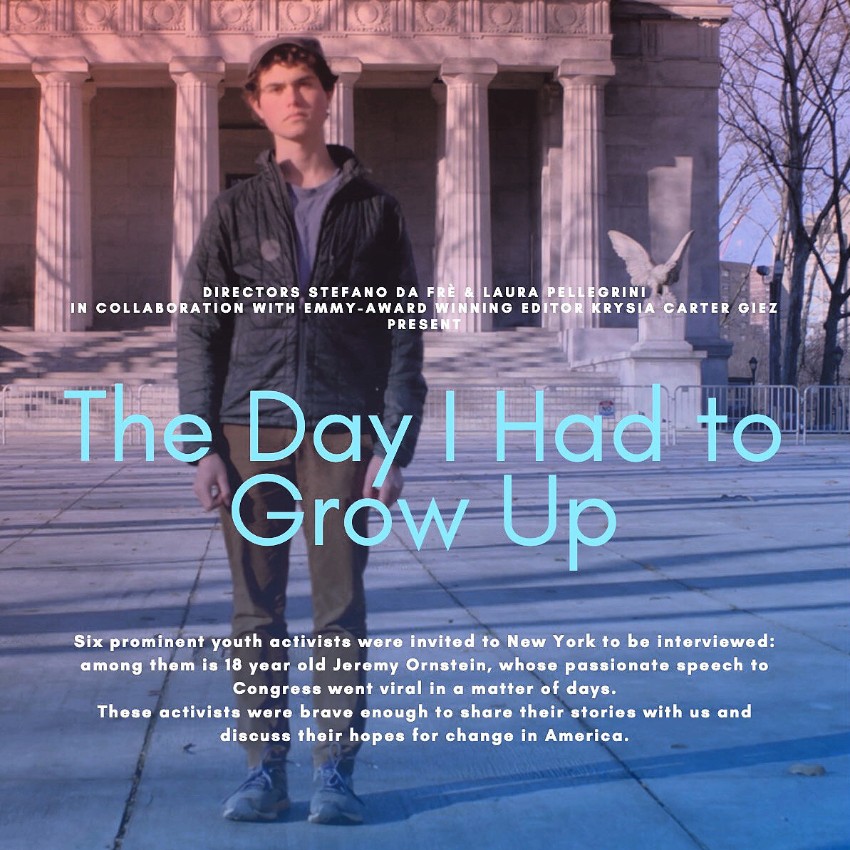
What are your personal experiences putting on all these hats/responsibilities (simultaneously)? Tell us about story, writing, and production?
Stefano Da Frè (SDF): Overtime, after putting on different hats for each film we do, I’ve learned just how fundamental it is to ensure everyone is telling the same story. As a director and producer, it is my responsibility to communicate with every department and make sure we all understand the story we are telling. And it is only when we peak at the same time that we can make a seriously good, compelling film.
What is the source of the idea? How did the story develop from the idea?
Stefano Da Frè (SDF): We all have a watershed moment in our lives where we were forced to grow up. For Laura and I, it was 9/11. For some kids in this generation, it’s been school shootings. As a filmmaker, getting into the core of those experiences with youth activists was a particular point of interest.
One night, when I was celebrating Thanksgiving in Colorado with my family, I saw a video of a young man named Jeremy Ornstein being arrested in Capitol Hill. He was with members of the Sunrise Movement, a group of environmental activists calling for Congress to adopt new progressive policies.
What struck me was Jeremy’s emotional anguish. He shared a harrowing memory of a phone call he had with his father one afternoon. Jeremy called to ask a question about his bank account. His father’s voice broke when he told his son that members of a Jewish synagogue in Pittsburgh were being shot & killed as they spoke on the phone.
Jeremy worked months on a personal story to share publicly. At its core, he is a young man broken by the greed of capitalism and empty promises. The video of his speech & arrest went viral that evening, hitting 2.5 million views. Immediately after watching it, I called Laura and said: “We need to meet this kid and hear his story.”
From that point forward, it was clear we were making a film about understanding youth activism in modern political times.
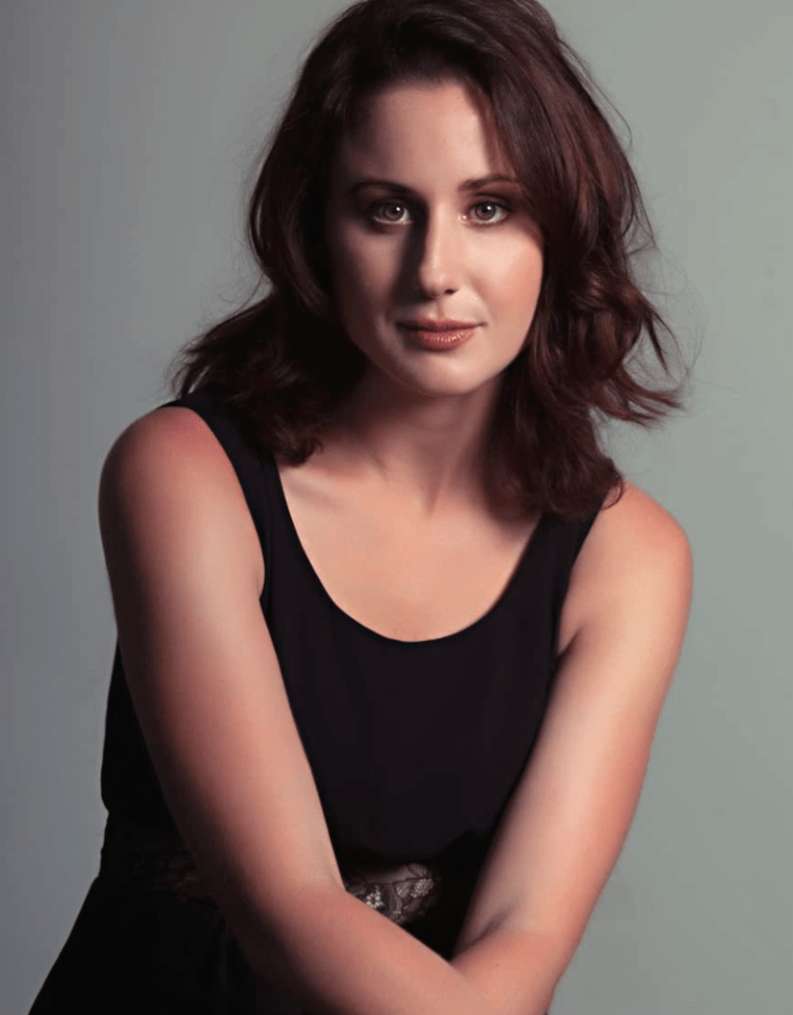
Let’s talk pre-production: take us through a timeline of how you started and ended it?
SDF: Pre-production started with meeting Jeremy Ornstein in person. It was very important for us to meet Jeremy over a cup of coffee to know for sure this was someone we could work with. Laura & I rented a car and drove to Washington D.C. and met Jeremy at a cafe. We just clicked. He told us about his affinity for Bob Dylan and poet Wendell Berry. His love of books, stories, and people. Right then and there we knew we’d found our main kid.
From Jeremy onward, we got the ball rolling to get other activists onboard. Jeremy opened the door for more Sunrise activists and people he had met at school and other political functions. We went through a meticulous vetting process, talking to 25 teenagers from all over the country before shaking it down to the five (apart from Jeremy) you see on screen.
The process took place on a relatively tight timeline. Alongside finding our kids, we had already booked out our crew, equipment, and locations. All the cogs turned at the same time in order to make things run smoothly.
What was your rehearsal process and period?
SDF: Because it’s a documentary, in lieu of a rehearsal process, we met with each kid individually during that vetting stage before picking our final five. Each kid we met had a fascinating story, but as a director, it’s important to know which stories will best serve the overall piece. I’m happy with our result – we have a diverse group of kids, all talking about specific, individual reasons for getting involved in politics.
You shot the film in days. How long were your days?
SDF: I’m in the David Fincher camp of making films where I’ll do a 15+ hour day. Not everyday shook down this way. But One day, Laura & I directed a 15-hour overnight interior shoot. That’s when all our in-studio interviews were done. There’s a delirium that settles in after doing such a long stretch, but also a relief that everyone purposefully powered through together as a team. I was very proud of that day.
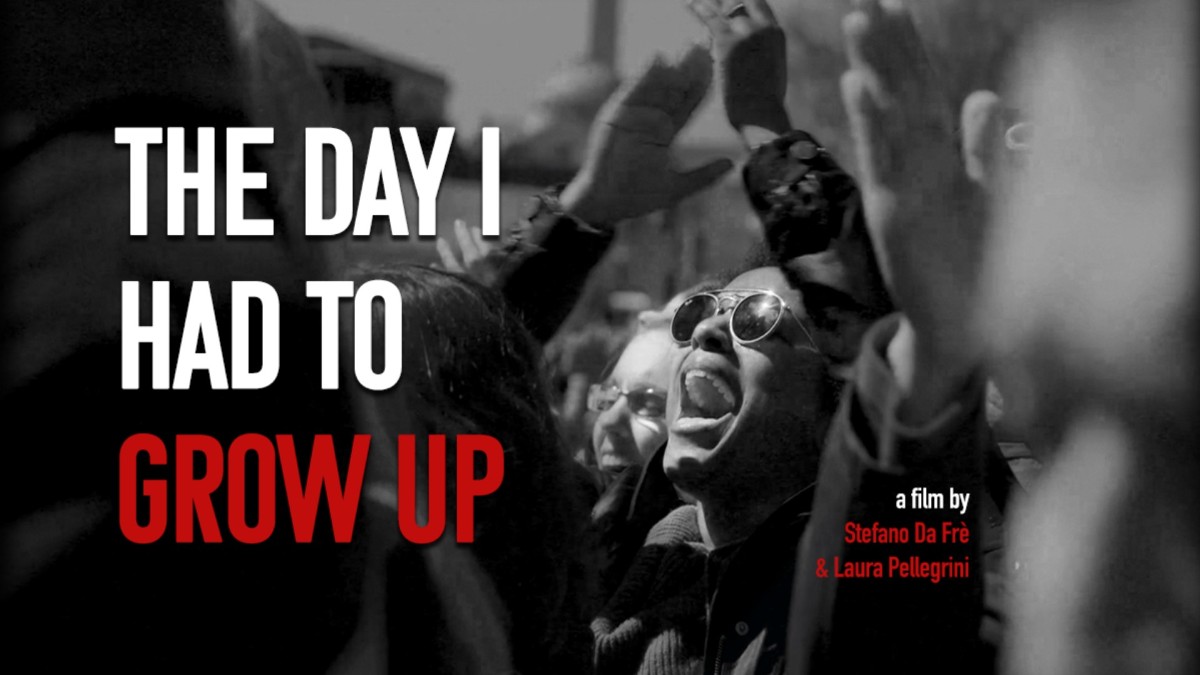
Did the tight shooting schedule make it harder or easier? How did it affect performances?
SDF: Because we were interviewing teenagers, shooting on an overnight schedule didn’t impact them negatively. In fact, I feel like those conditions brought out their most emotionally honest selves. In terms of our crew, they soldiered through it and worked their hardest to make sure we were getting the best results.
During the film production, what scene (that made the cut) was the hardest to shoot? And why?
SDF: There’s a scene where Laura & I welcome Jeremy at Laguardia Airport. For logistic reasons, it was a challenge to shoot – you’re facing flight delays and you have to ensure you’re getting clean sound for dialogue. All these things make the environment difficult to control. However, it all worked out; the scene not only made the cut, but it wound up being a very warm, personal moment for audiences to meet Jeremy for the first time.
What worked better in this latest production that mightn’t have worked so well in the last one you did?
SDF: I think working with a smaller crew worked well for this documentary. Working with those limitations actually felt more intimate while also pushing us to get the production results we wanted. Generally, Laura and I are managing sets with 40-50 people at a time. The scale and responsibility overall are much bigger, so this documentary was a change of pace.
What were the advantages and disadvantages in the way you worked?
SDF: Working on a tight schedule was an advantage to us. We were able to book all our activists on the same day, which meant renting out the studio for one overnight as opposed to booking it out several times. It was a logistical and financial advantage. The disadvantage in shooting on such a tight schedule is you run the risk of burning out your crew. But because Laura & I have such a great kinship and working relationship with all our crew, we carried each other through this process to ensure the best film could be made.
The film looks stunning. How did you get such a good look when shooting so fast?
SDF: Thank you! I’m a huge believer in preparation. That may sound like an obvious method, but you’d be surprised how many directors don’t come in prepared with a shot-list or a Script Supervisor. I plan my shot-lists down to a T and I send them to all my crew beforehand to make sure they follow the logic of the camera set-ups and what I’m trying to achieve narratively. I didn’t treat this film any differently. I had an extensive shot list with Laura and also knew exactly what look I wanted, which is why we shot on an ARRI Alexa. The sensor is so rich and deep, and I wanted that quality for this documentary.
When did you form your production company – and what was the original motivation for its formation?
SDF: When Laura & I formed Rosso Films International in 2015, we had very specific intentions in doing so. On a practical level, we wanted to create our own content and give ourselves the legitimacy to be hired for outside projects. Having a production company has been an asset because we own all our content and have been able to raise financing for our projects. Our LLC is incorporated in New York and Canada, which opens us up to European co-producing and funding. On a personal and creative level, Laura and I share the same values artistically and have the same taste. This has made our choices together very clear and definitive. Owning a production company together still stands as the best decision we’ve made as a team.
What was the first project out of the gate?
SDF: A film called “Tu Me Manques” (English title: “You Are Missing From Me”). At the time this film was in development, I was diagnosed with psoriatic arthritis. I was scared for my life and wanted to do something artistically brave and bold. The film is about three women who never meet, but are each tied together by a similar trauma. We shot that film over three days and it was one of the most powerful and poetic experiences in my career. To me, that film reflects all the things I love about Jean-Luc Godard and Michelangelo Antonioni – these titans of cinema that I’ve admired since I was a little boy. I truly couldn’t have asked for a better first project.
What about independent filmmaking and the business do you still struggle with?
SDF: Funding. On one hand, Laura & I have worked hard to fund our own projects before transitioning into private equity. But wrapping our heads around the grant system is still a learning curve and one we’d like to dive deeper into.
Where do you think your strengths lie as a filmmaker?
SDF: My strengths lie in preparation and the ability to choose good ideas. I have a good eye for surrounding myself with talented, resourceful people that bring the best options to the table. Part of my responsibility as a director is to choose the best ideas that I know will serve the story. I believe that’s a strength not only I have, but one that Laura & I share as a team.
Let’s talk about finance. How did you finance the film?
SDF: This documentary was financed through private equity and Indiegogo crowdfunding. When it came time for post-production, Laura & I did an Indiegogo campaign where we raised money for editing, color correction, sound, and music. This branch of funding was crucial for the look and sound and you see and hear on screen.
How much did you go over budget? How did you manage it?
SDF: We stayed within budget. As producers, Laura & I are very good with money and budgeting. We are also very transparent about where money is going, which creates trust with our producers & investors.
How important is marketing? Talk about the festival tour? Do you think a project can make a dent without it nowadays?
SDF: Marketing is essential to any film. With “The Day I Had To Grow Up,” Laura & I have been interviewed on many different news stations, including CBS, FOX, NBC, ABC, and BNC News (the Black News Channel.) For the last few months, I have personally been a political commentator for BNC News, which has gained tremendous traction for the film’s exposure and viewership. “The Day I Had To Grow Up” got into many festivals, including Worldfest Houston, St. Louis International Film Festival (Oscar Qualifier), and Switzerland International FIlm Festival.
“The Day I Had To Grow Up” will be opening for the YouFilm Festival at the Kennedy Center in Washington, D.C.! The film will screen on Saturday, April 2nd – make sure you check out the website for tickets and screening details!
A festival circuit is an incredibly helpful tool for a film because that’s how you meet with sales agents and distributors. How well a film does in the festival circuit will determine its placement on distribution platforms, so to any filmmaker debating whether or not it’s worth it – do it!
Tell us about marketing activities or efforts on this project – and how it worked or didn’t work?
SDF: Our marketing coincided with our PR circuit, which included many high profile interviews on various news channels. This press has been crucial to the film’s success and our exposure as directors and production company. Furthermore, we’re fortunate in that the film’s themes are universal and timeless – it’ll be just as relevant in five years as it is now. Therefore, the PR circuit continues to grow!
What do you hope audiences will get from the presentation of your film?
SDF: Laura & I feel young people have been ignored by the political process. They often feel – what is the point of voting? Why is the world not the way it could be? “The Day I Had To Grow Up” explores the lives of five activists – all from different racial backgrounds and genders – to confront each kids’ idealism with the structure of the “actual” world. It’s important to watch this film because this is how the future generation of America is both “feeling” & “thinking.”
On a more personal level, One woman who watched the film said it spoke to the young activist in her who’s been tired for a long time. Laura & I would like the film to engage with everyone on that same level. To light a fire inside people. And to move them.
What else have you got in the works?
SDF: We currently have three projects in the works:
#1) We are in post-production for a narrative feature film called “A Dream Beyond The Dark.” It co-stars Clara McGregor (daughter of Ewan McGregor) and follows the story of a painter struggling with degenerative blindness.
#2) We are also in post for a film about comfort women during World War II, expressed through modern dance. Through dance theatre, the film follows a Japanese soldier stationed in Korea that meets and connects with a comfort woman.
#3) We are in production for a documentary about Jean Michel Basquiat’s NYC graffiti collaborations with an amazing artist named Al Diaz. It’s an epic story that follows their creation of an iconic graffiti tag called SAMO, its disappearance from the art scene, and its reemergence during the Trump administration in 2016 until now. A very personal, culturally relevant story.
Lastly, make sure you come see “The Day I Had To Grow Up” at the Kennedy Center on Saturday, April 2nd at 11:00 AM!
Tell us what you think of the Case Study for The Day I Had To Grow Up What do you think of it? Let’s have your comments below and/or on Facebook. Or join me on Twitter.
Follow Stefano Da Frè on Social Media
Website
IMDb
Facebook
Twitter
Instagram
MORE STORIES FOR YOU

